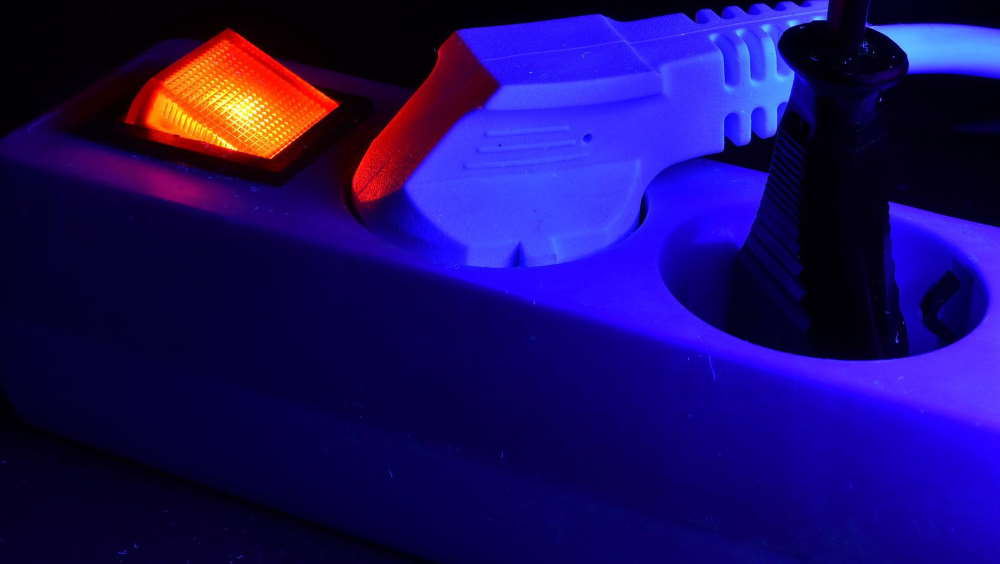Glowing in the dark has always been a fascinating phenomenon that captures our imagination. Whether it’s the glowing stars on our bedroom ceiling or the eerie glow of certain animals in the deep sea, it has sparked our curiosity for centuries. But have you ever wondered what makes things glow in the dark? And why do UV light torches play a crucial role in making them visible?
To understand the science behind glowing in the dark, we need to delve into the realm of fluorescence. Fluorescence is a process in which a substance absorbs light at one wavelength and emits it at a different, usually longer, wavelength. This phenomenon occurs due to the presence of specific molecules known as fluorophores.
Fluorophores are usually present in certain substances, which in everyday life are mostly invisible to the naked eye. However, when these substances are subjected to ultraviolet (UV) light, the energy from the UV photons excites the electrons present in the fluorophores. As a result, the electrons jump to higher energy levels before quickly returning to their normal state, releasing the absorbed energy as visible light. This emitted light is what gives off the characteristic glow that we see.
UV light torches are instrumental in making these invisible substances visible to our eyes. These torches emit a higher frequency of light than what is visible to the human eye, in the form of UV radiation. Although invisible to us, UV light can excite the fluorophores present in various materials, making them glow and become visible.
One common example of this phenomenon is fluorescent paint. These paints contain fluorophores that absorb UV light and emit it as visible light, giving off a brilliant glow. Without a UV light source, these paints would remain dull and non-luminescent.
UV light torches are also extensively used in various industrial applications. For instance, in leak detection, where certain dyes are added to fluids to identify leaks in pipes or containers. Under normal lighting conditions, these dyes may be invisible. However, with the help of a UV light torch, the fluorophores in the dyes can be excited, resulting in a bright fluorescent glow that aids in identifying the leak.
Furthermore, UV light torches have proved essential in applications such as forensics and counterfeit money detection. Bloodstains, bodily fluids, and other trace evidence can be revealed using fluorescent agents that become visible under UV light. Similarly, specific security features on banknotes fluoresce when exposed to UV light, helping to identify counterfeit currency.
In recent years, there has been an increasing interest in the use of UV light torches for hygiene and sanitization purposes. UV-C light, which falls within the UV range, has been shown to have germicidal properties and can effectively kill bacteria, viruses, and other pathogens. By emitting UV-C light, these torches can be used to sanitize surfaces, equipment, and even the air in enclosed spaces.
However, it’s important to note that prolonged exposure to UV light, especially UV-C, can be harmful to living organisms, including humans. Proper safety measures must be taken to avoid direct exposure to the eyes and skin when using UV light torches.
Glowing in the dark is undoubtedly a fascinating phenomenon, and the science behind it is equally intriguing. Thanks to UV light torches, we can explore a hidden world that is otherwise invisible to us. From fluorescent paints to leak detection and even sanitization, the applications of UV light torches are diverse. So, the next time you come across a glowing object in the dark, remember the role that UV light and fluorescence play in making it visible.
